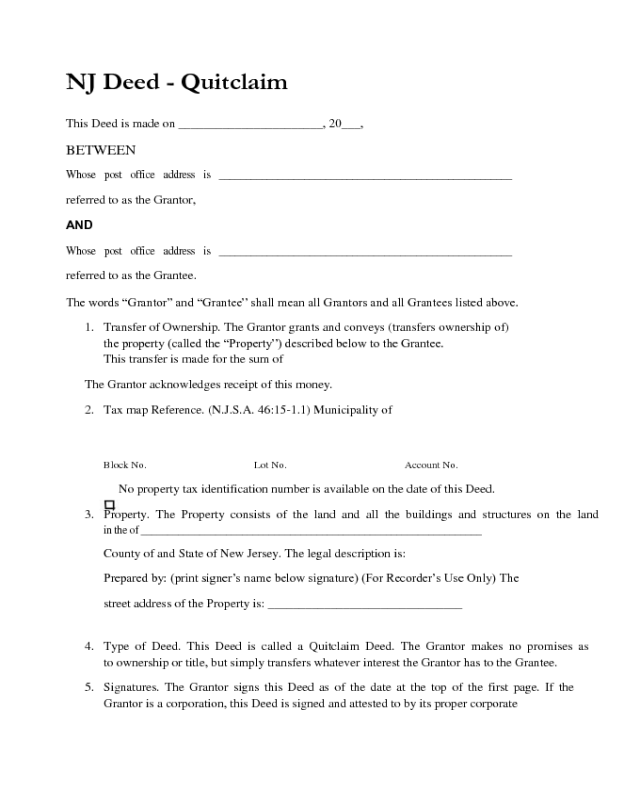

Some of the old families, such as the Tindalls, Conovers, Hutchinsons, Cubberlys, and Mounts still reside here at the time of this writing (2023).

, These likely served as stagecoach routes that helped grow Edinburg. Other avenues linking Edinburg to various settlements, such as Windsor Road (leading to the village of Windsor in present-day Robbinsville) or Line Road (Mercerville/Hamilton Square), also date to the mid-1700s. In 1754, a road was surveyed to connect Princeton to Allentown and ran through Edinburg (its route included present-day Old Trenton, Robbinsville, and Edinburg Roads). However, Edinburg probably did not see its first wave of colonial settlement until the mid-1700s. Thomas Tindall is another known early-1700s landowner, whose vast estate stretched south of the Assunpink Creek. Lyell also owned thousands of acres north of the Assunpink Creek. Land acquisition in the Edinburg area began in the very late 1600s or very early 1700s. In 1703, two Lënape leaders – Hapohucquona and Tolomhon – sold hundreds of acres of present-day West Windsor south of the Assunpink Creek to David Lyell (of “Penn-Lyle Road”). This name was reputedly chosen to honor a popular Scottish local. The name "Edinburg" began to supplant "Assanpink" by the mid-1800s. Lënape artifacts such as arrowheads, axes, and more have been discovered here over the centuries. It was originally called "Assanpink," after both the local creek and the indigenous Leni Lënape tribe that frequented the area. The historic community of Edinburg has its roots in the area's original inhabitants.


 0 kommentar(er)
0 kommentar(er)
